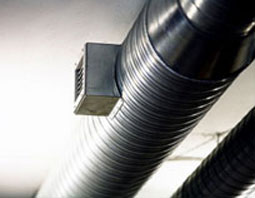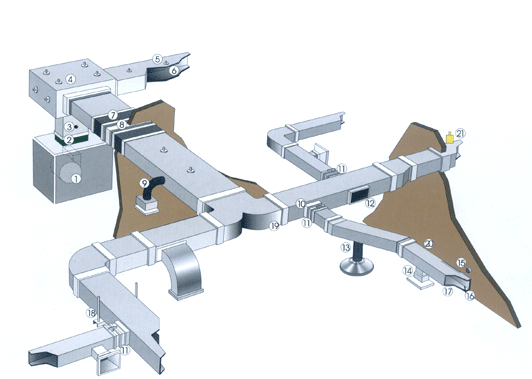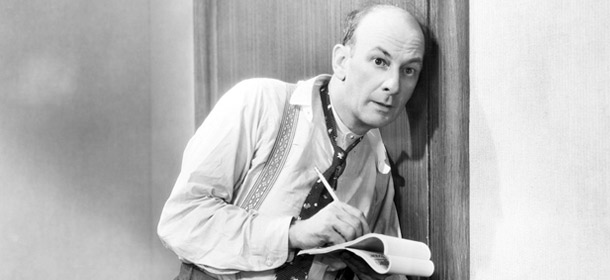Keeping conversations and information private and confidential requires more than electronic inspections and fortified firewalls. When conducting TSCM sweeps we regularly find vulnerabilities that allow sound to escape from meeting rooms and offices. It may be through an air duct, heating vent, or other unexpected physical attribute. Once we found a large 2″ hole in a conference room floor that led directly into a break room on the floor below.
These are all ways that information security could be compromised. Some leaks may be found just by doing an inspection on your own. Turn on a sound source such as a radio or music player in the room in question, then visit other adjacent rooms on all sides to listen for your sound; even those that may be further away or on a floor below could be connected by an air duct for instance. Plugging those leaks may require professional expertise, though.
CBC News reports on efforts being undertaken for offices under construction for the Canadian House of Commons on Ottowa.
Federal officials have spent millions plugging leaks in Ottawa’s renovated West Block, a heritage building that will become a temporary home for the House of Commons later this year.
But no plumbers were hired for the job. Instead, acoustical experts were called in to prevent eavesdropping in the halls by pesky journalists and others eager for hot information leaks.
Technicians redirected air ducts, installed false walls, inserted mufflers into vents and redesigned MPs’ office suites — all to help end the long legacy of snooping on Parliament Hill.


Air vents are a common means for sound to escape from confidential areas.
“You’d be hard-pressed to find leaks — they’re 99.9 per cent taken care of,” says Claude Fortin, a sound expert whose firm, State of the Art Acoustiks Inc., was hired to sound-proof rooms in the venerable stone structure, first erected in 1865.
“To get good speech privacy is really a major commitment. It doesn’t happen by accident.”
The current home of the House of Commons and the Senate chamber, known as the Centre Block with its Peace Tower, is slated for a 10-year overhaul beginning this fall, forcing the move to West Block. (The Senate chamber is moving to another heritage building nearby.)
Prime Minister Justin Trudeau’s office suite, a cabinet room, the Opposition leader’s office suite, the Speaker’s accommodations, committee rooms and MPs offices have all been newly built inside the West Block. Barring final construction delays, they’re slated to welcome their new tenants this fall.
Stories abound
Stories abound about sound leaks in the Centre Block.
The parliamentary restaurant, for example, is notorious for a ceiling that faithfully conveys private conversations from tables at one end to tables at another, the so-called ‘whispering gallery’ effect. Only the tables in the side alcoves are truly private.
Speeches and debates in meeting rooms where party caucuses gather can be heard in the adjacent washrooms, requiring guards to shoo away journalists wanting to use the facilities on mornings when party MPs and senators are huddled.

MPs’ offices abut the corridors of Centre Block, and an ear to the door may be all that’s needed to listen to private conversations inside.
Journalist Chantal Hebert snagged a scoop in May 1990 when she overheard dictation of a cabinet resignation letter by Lucien Bouchard. The sound wafted through a window in his office that was open to the hallway.
Continue reading at CBC News cbc.ca
